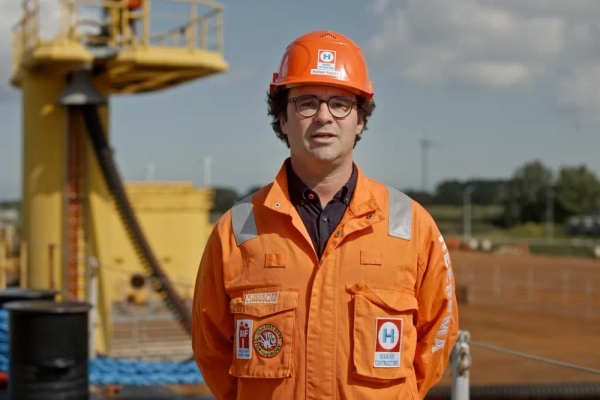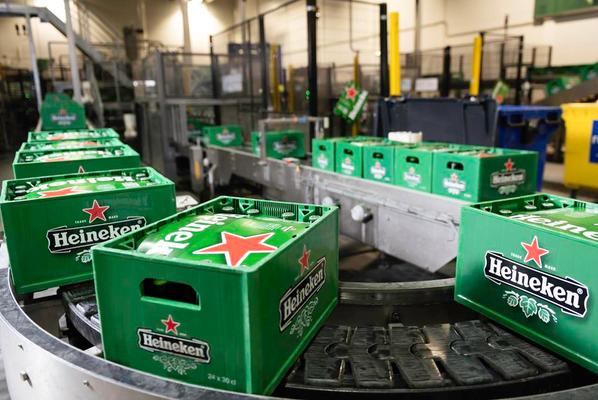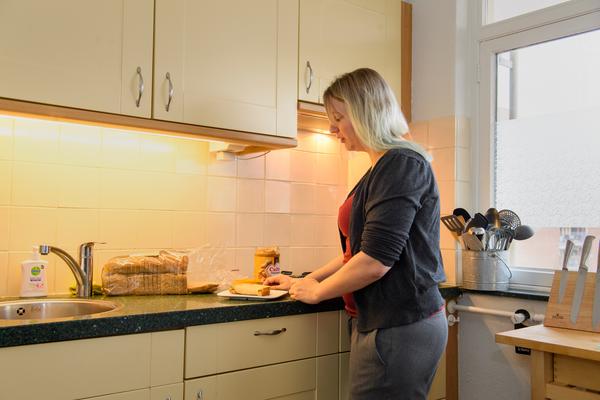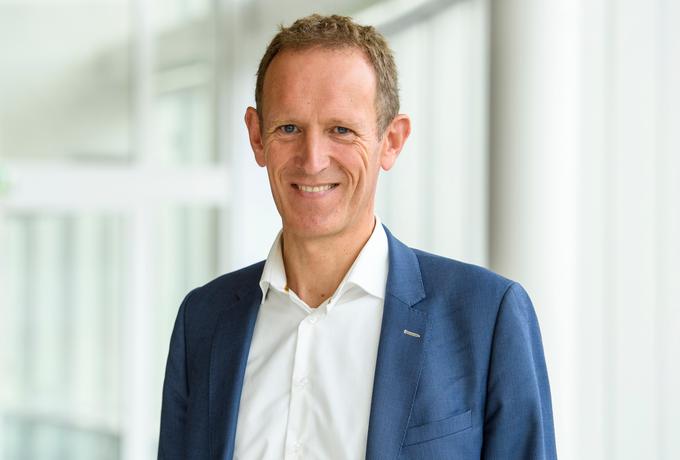
Every large company should calculate its remaining carbon budget
Change Inc interview with Ron Wit, Director of Energy TransitionHow important was that climate summit for Eneco?
‘Extremely important. The 2015 Paris Agreement was a real game-changer. Afterwards, the world started taking climate change and its prevention much more seriously. Countries and companies started to align their targets to it, and that’s making a big impact. At the same time, the global talks on climate are proceeding so slowly that we need to assume our own responsibility, at a local level and at a corporate level, and set our own pace for limiting global warming to 1.5 degrees. We can’t wait for global players to make a move.’The COPs are meant for governments. What can a company do with the outcome?
‘After the COP in Paris, we set up our One Planet Plan, although, back then, it was more of a sustainability programme with targets for 2050. Since then, though, scientists have discovered more about climate change, including the concerns published in the 2018 IPCC report. They presented scenarios to phase out CO2 emissions, making it very clear that more haste was needed to keep global warming below 1.5 degrees. However, those scenarios and the Paris climate objectives were not written for businesses.
Nonetheless, the Science-Based Targets Initiative (SBTi) made them tangible for us, by translating the new scientific discoveries in the IPCC report into targets for industries and companies. It became obvious that the energy sector’s current efforts, which are aimed at reducing greenhouse-gas emissions to zero in 2050, are not going to cut it. The electricity sector in developed economies would need to achieve zero CO2 emissions as early as 2035, or thereabout. That’s partly because other sectors, like the aviation industry and agriculture, need more time.
In 2021, in view of the urgency of the situation, we amplified our One Planet Plan ambitions considerably. Now, our intention is to be climate-neutral by 2035 in scopes 1, 2 and 3 – that’s including our customers’ emissions. That ambition has become the core of our business strategy, and it’s supported by our shareholders. All of Eneco’s investment plans are founded on it, which is exceptional. After all, anyone can set goals for climate neutrality, but actually doing something about it, both in the short and long term, is a bit more difficult and sometimes forces you to make painful decisions.’
What does it mean in practice?
‘We have drawn up a roadmap for our ambitions. It features milestones and specific actions, like closing down gas-fired power stations or switching to a renewable fuel. Another example is our decision – which we made before the 2021 energy crisis – not to sell traditional high-efficiency, gas-fuelled boilers to consumers any more. Even our own people were surprised. But we needed to do it, because if you instal a gas boiler in 2025, it will still be in use in 2035. So, we’ve put a stop to that.’How do you know you are on the right path?
‘We commissioned the Boston Consulting Group to validate the effects of our One Planet Climate Roadmap and its measures. They issued an official statement to the effect that we can achieve climate neutrality in 2035 with a couple of additional measures. And in early October, Eneco was one of the first group of companies in the world to be awarded approval by the SBT for our net-zero target for the whole value chain by 2035. That followed a thorough five-month validation process.’You are one of the few companies to specify the actual steps you need to achieve your goal. How can we persuade other businesses to do the same?
‘Every large company should calculate its remaining carbon budget. If we want to stay below 1.5 degrees, we – the whole world – can only produce another 400 gigatons of CO2 emissions. The way we are going with our current emissions leaves us only another eight to ten years. That’s the earth’s carbon budget. You can also calculate a carbon budget for businesses. Once your budget’s been used up, you are committing an offence by not assuming your responsibility for the earth.We have worked out Eneco’s carbon budget. Our emissions, for the entire group including our customers, were 16 megatons in 2019. 90 per cent of those emissions are generated by customers using our products, such as natural gas. We ourselves produce 1.7 megatons of emissions. We’ve now dropped to 13.2 megatons, so we’re on the right path, in terms of emissions, to staying under the 1.5-degrees limit. But there are very few businesses who know what their carbon budget is.’
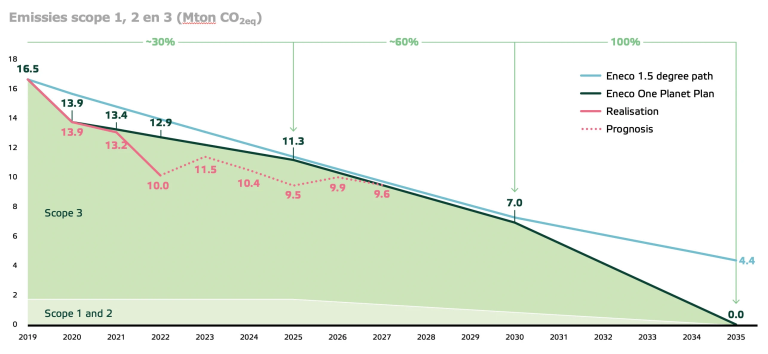
Should the government make it mandatory?
‘I believe it’s irresponsible that we still haven’t made it mandatory, considering the urgency of the climate situation. We hand out all sorts of subsidies to companies to help them operate more sustainably. This Cabinet has set aside 35 billion for a climate fund to accelerate the reduction of CO₂. Now we are experiencing the more severe effects of global warming more frequently, politicians should demand something in return, and make sure that the subsidies are given to businesses that have a clear plan, validated by an external party, for achieving climate neutrality and preventing anything more than a 1.5-degree rise in global warming. In other words, to companies that are serious about the energy transition.’
